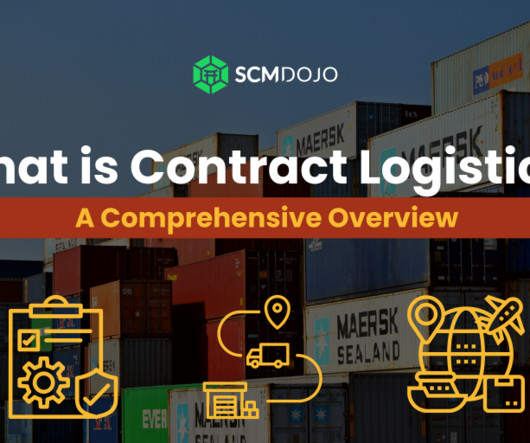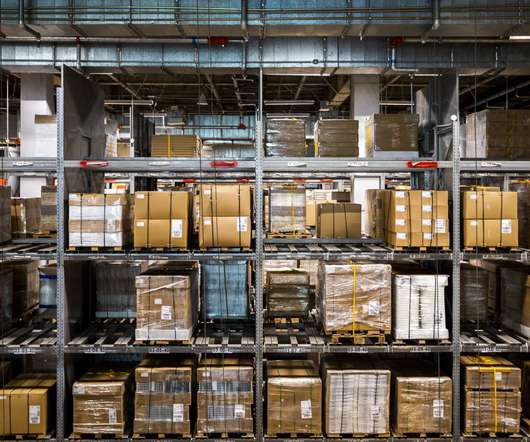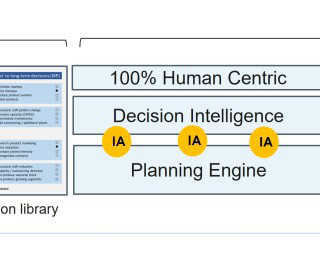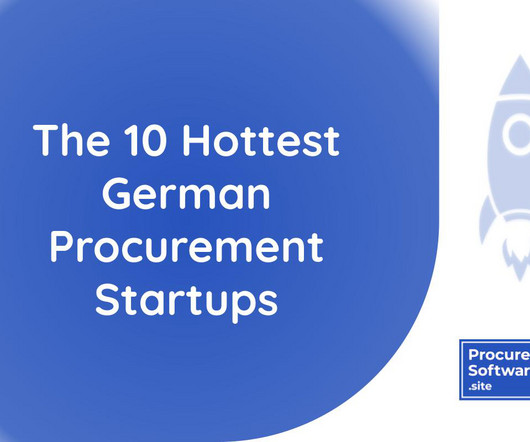The Ultimate Guide to Contract Logistics: What You Need to Know
SCMDOJO
JULY 24, 2023
It involves outsourcing logistics activities, such as warehousing, transportation, distribution, inventory management, and order fulfillment, to a dedicated logistics service provider. Suppliers and Manufacturers: Suppliers and manufacturers are the entities that produce or provide the goods needed by the shippers.
















Let's personalize your content